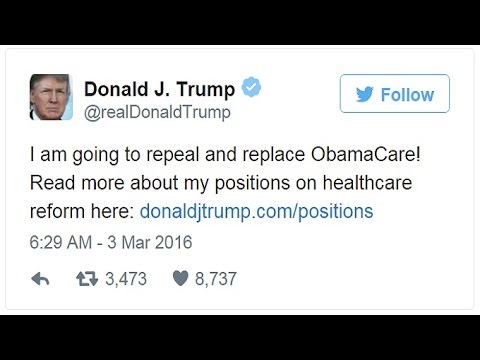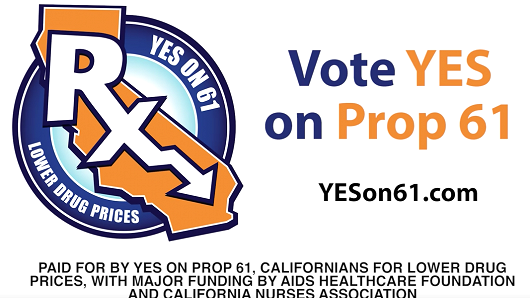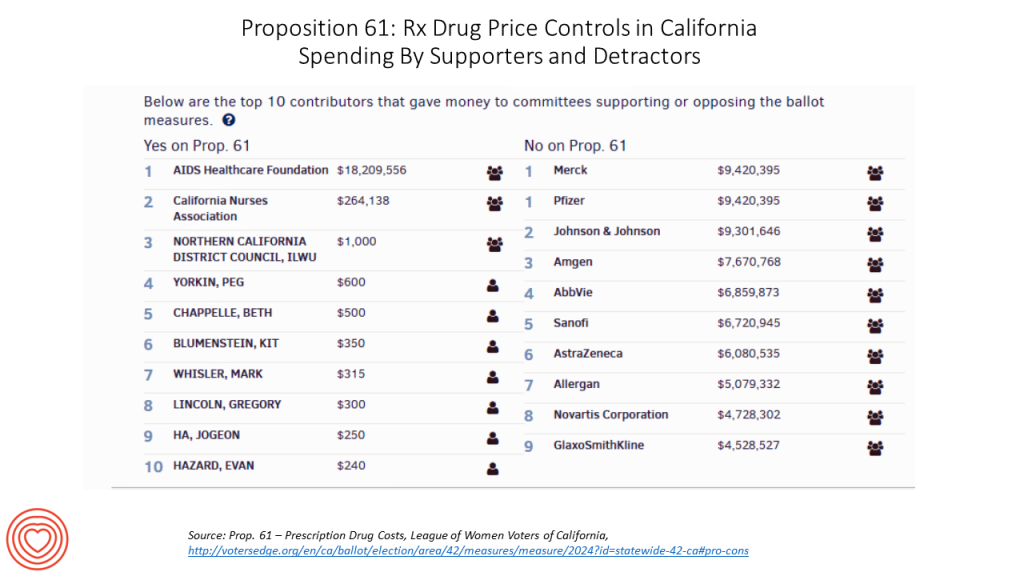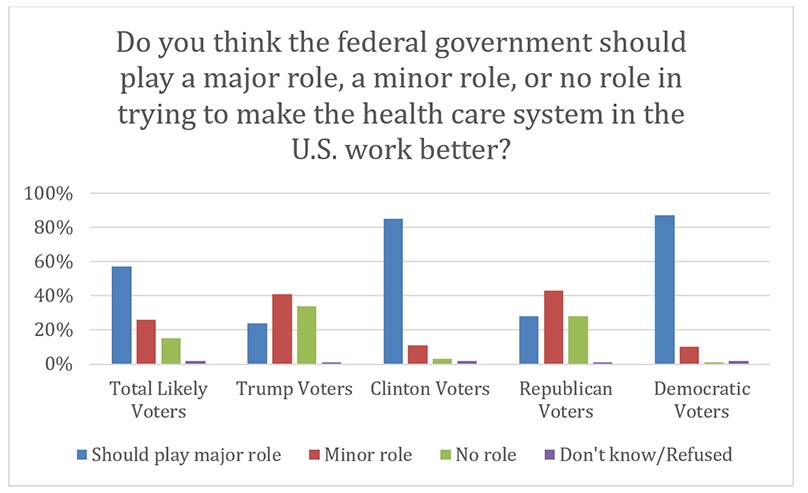 It’s the 9th of November, 2016, and Donald Trump has been elected the 45th President of the United States of America. On this morning after #2016Election, Health Populi looks at what we know we know about President Elect-Trump’s health policy priorities.
It’s the 9th of November, 2016, and Donald Trump has been elected the 45th President of the United States of America. On this morning after #2016Election, Health Populi looks at what we know we know about President Elect-Trump’s health policy priorities.
Repeal-and-replace has been Mantra #1 for Mr. Trump’s health policy. With all three branches of the U.S. government under Republican control in 2018, this policy prescription may have a strong shot. The complication is that the Affordable Care Act (aka ObamaCare in Mr. Trump’s tweet) includes several provisions that the newly-insured and American health citizens really value, including:
- Extending health insurance to dependent children up to age 26
- Closing Medicare’s “doughnut hole” (for Medicare Part D which covers prescription drugs for older Americans)
- Covering people with pre-existing medical conditions
- Covering preventive services, and
- Providing subsidies that lower the cost of insurance.
What nobody likes is the direct consumer cost of health care — ACA’s lack of affordability, which was predicated on a competitive insurance marketplace and near-universal sign-ups for health insurance bolstered by a mandate for consumers to purchase insurance. Without these pillars in place, insurance companies have pulled out of local markets where they cannot be financially viable, leaving many consumers with only one choice for health insurance purchasing. Monopoly power in a local market means higher prices. Couple this with millions of consumers opting out of buying health insurance, leaving health plans with a sicker, generally older population to serve. Actuaries in health plans like a more standardized population with young, older, healthy, sick, and demographically diverse to be able to forecast utilization of health care services and, ultimately, the medical loss ratio (that is, patients’ costs incurred in the health plan).
Repeal-and-replace in Donald Trump’s healthcare world could result, in the short-to-medium term, in about 20 million Americans losing health insurance. The Commonwealth Fund estimated that this could increase the Federal budget deficit by between $330 bn to $550 bn over 10 years.
Check out House Speaker Paul Ryan’s health care agenda which could feature large in a President Trump’s healthcare policy landscape. Central to his and other Republicans’ health reform approach is expanding the use of Health Savings Accounts (HSAs). Today, over 20 million American health citizens are enrolled in an HSA. However, people enrolled in HSAs don’t fully use them, lacking financial/health literacy required for fully taking advantage of them, even though they offer an attractive triple-tax advantage (that is, invest dollars pre-tax, use dollars from the account without being taxed on withdrawal, and save money over time without being taxed on the growth in the fund). The Atlantic recently discussed the proposed expansion of HSAs in a detailed analysis titled, “Trump’s Health Plan: Pay Your Own Medical Bills Using Money You Saved.”
Another area where Donald Trump has been forthcoming on health policy is  prescription drug pricing. Americans are fed up with soaring drug prices, a Harris Poll conducted in October 2016 found. One of the proposed solutions to the hockey-stick growth of Rx prices is to cap them or permit government purchasers (Medicare, Medicaid plans) to negotiate prices on pharmaceuticals. Support for allowing Medicare to negotiate prices on pharmaceuticals for all insurers grew from 66% in 2015 to 74% in 2016 in the Harris Poll. Both a majority of Democrats (85%) and Republicans (77%) support price caps on medicines – one of the very few bipartisan agreements in 2016.
prescription drug pricing. Americans are fed up with soaring drug prices, a Harris Poll conducted in October 2016 found. One of the proposed solutions to the hockey-stick growth of Rx prices is to cap them or permit government purchasers (Medicare, Medicaid plans) to negotiate prices on pharmaceuticals. Support for allowing Medicare to negotiate prices on pharmaceuticals for all insurers grew from 66% in 2015 to 74% in 2016 in the Harris Poll. Both a majority of Democrats (85%) and Republicans (77%) support price caps on medicines – one of the very few bipartisan agreements in 2016.
 To that end, yesterday voters in the State of California rejected Proposition 61, the California Drug Price Relief Act, a ballot measure that would have imposed price controls on drugs. While the initiative had support from the AARP, AIDS Healthcare Foundation, the California Nurses Association, as well as Senator Bernie Sanders, the opposition was well-funded by a group of pharmaceutical manufacturers including those shown in the table, among others. This turned out to be the most expensive ballot measure in the election, costing over $125 million.
To that end, yesterday voters in the State of California rejected Proposition 61, the California Drug Price Relief Act, a ballot measure that would have imposed price controls on drugs. While the initiative had support from the AARP, AIDS Healthcare Foundation, the California Nurses Association, as well as Senator Bernie Sanders, the opposition was well-funded by a group of pharmaceutical manufacturers including those shown in the table, among others. This turned out to be the most expensive ballot measure in the election, costing over $125 million.
Donald Trump’s website attests that his administration would, “Remove barriers to entry into free markets for drug providers that offer safe, reliable and cheaper products. Congress will need the courage to step away from the special interests and do what is right for America. Though the pharmaceutical industry is in the private sector, drug companies provide a public service. Allowing consumers access to imported, safe and dependable drugs from overseas will bring more options to consumers.” This raises the issue once again of prescription drug reimportation; this begs the question, why should Americans be allowed to import Rx drugs from other countries that have done the hard work of negotiating drug prices down from pharmaceutical manufacturers? Why not have the U.S. negotiate on behalf of America’s own health citizens?
Price transparency is also an issue Donald Trump covers on his health policy portal, stating his administration would, “Require price transparency from all healthcare providers, especially doctors and healthcare organizations like clinics and hospitals. Individuals should be able to shop to find the best prices for procedures, exams or any other medical-related procedure.” Price transparency is a key success factor for health citizens using HSAs (and other consumer-directed plans) where shopping for services, plans, and products is part of making best use of the plan as a rational healthcare consumer.
 Health Populi’s Hot Points: Americans are split on the role that the Federal government should play when it comes to making the U.S. health care system work better, found through a recent survey from the Harvard School of Public Health and Politico I covered here in Health Populi, As the chart shows, over one-half of American likely voters think the Fed’s should play a major role in helping health care: more likely Democrats (over 80%) than Republicans (about 25%).
Health Populi’s Hot Points: Americans are split on the role that the Federal government should play when it comes to making the U.S. health care system work better, found through a recent survey from the Harvard School of Public Health and Politico I covered here in Health Populi, As the chart shows, over one-half of American likely voters think the Fed’s should play a major role in helping health care: more likely Democrats (over 80%) than Republicans (about 25%).
Healing this chasm of bipolar political views on government’s role in health care would be well-served by enabling Americans to have an open, full conversation about what people actually want from a U.S. healthcare system. First and foremost, even without a new survey, would be costs and quality: we know that health care costs are Americans’ #1 pocketbook issue for their households, more worrisome than paying for food, shelter, utilities, or gas for the car. What else do people want?
As of this moment, I’m certain consumers would not name HSAs as a substitute for a comprehensive health plan, given how few Americans have signed up for these accounts and, when they have them, use them so inadequately.
As for drug price controls, we know there is bipartisan agreement for managing this healthcare line item for American families. But health policymakers be forewarned: California’s ballot measure Prop 61 has lessons we can glean about how to craft and market such a plan to health citizen-voters.




 I love sharing perspectives on what's shaping the future of health care, and appreciate the opportunity to be collaborating once again with Duke Corporate Education and a global client on 6th May. We'll be addressing some key pillars to consider in scenario planning such as growing consumerism in health care, technology (from AI to telehealth), climate change, and trust -- the key enabler for health engagement or dis-engagement and mis-information. I'm grateful to be affiliated with the corporate education provider
I love sharing perspectives on what's shaping the future of health care, and appreciate the opportunity to be collaborating once again with Duke Corporate Education and a global client on 6th May. We'll be addressing some key pillars to consider in scenario planning such as growing consumerism in health care, technology (from AI to telehealth), climate change, and trust -- the key enabler for health engagement or dis-engagement and mis-information. I'm grateful to be affiliated with the corporate education provider  Thank you FeedSpot for
Thank you FeedSpot for